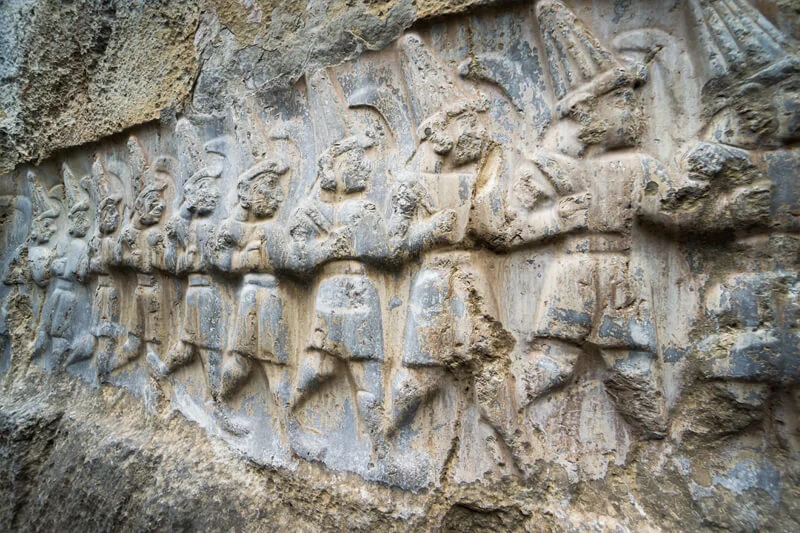Hattusha, also known as Hattusa, was the capital city of the ancient Hittite Empire, located in present-day Turkey. It was a significant political, cultural, and religious center during the Late Bronze Age.
Hattusha was the capital of the Hittite Empire, which existed from the 17th to the 12th centuries BC. The Hittites were a powerful civilization that controlled a vast empire in Anatolia and parts of the Near East. Hattusha played a crucial role in the Hittite political and military activities of the time.
Hattusha was a fortified city built on a rocky plateau surrounded by deep gorges. It was divided into two main sections: the Lower City, which served as the residential and administrative area, and the Upper City, where the royal palace and religious temples were located. Impressive defensive walls, towers, and gates protected the city from potential invaders.
Hattusha was home to several significant temples, and the Great Temple was one of the most important. It was dedicated to the Hittite weather god, Teshub, and was an essential religious center for the empire. The temple complex included various chambers, courtyards, and sacred areas.
The Hittite kings resided in the royal palace within the Upper City of Hattusha. The palace complex consisted of multiple buildings, including audience halls, private residences, and administrative rooms. Notably, the palace featured remarkable rock-cut chambers known as the Lion Gate and the Sphinx Gate.
Hattusha is famous for the discovery of a vast number of cuneiform tablets, which provided valuable insights into the Hittite civilization. These clay tablets contain various texts, including administrative records, treaties, religious hymns, and correspondence. Hattusha was recognized as a UNESCO World Heritage Site in 1986, acknowledging its significance as an archaeological site and its contribution to understanding ancient civilizations.


Comment (0)